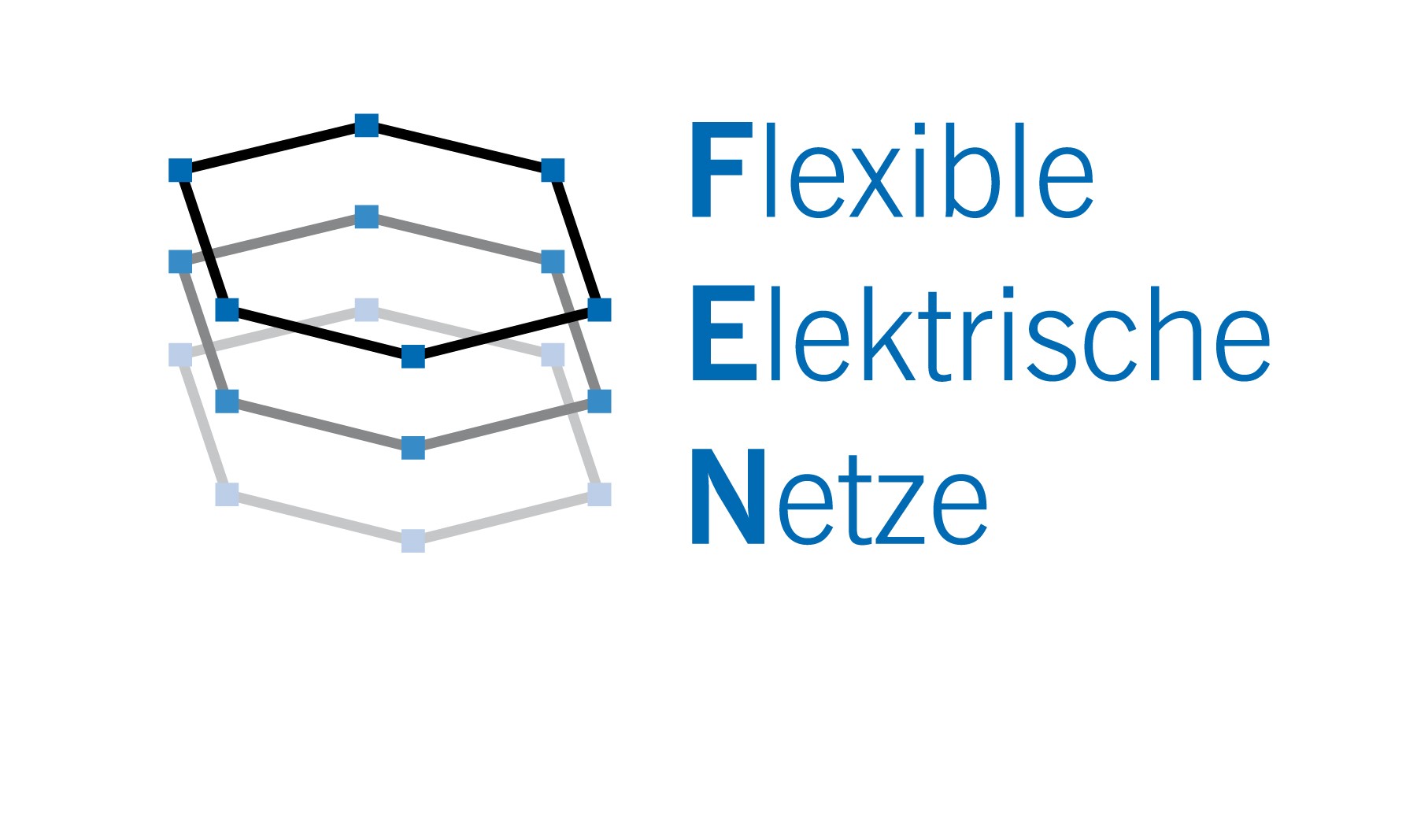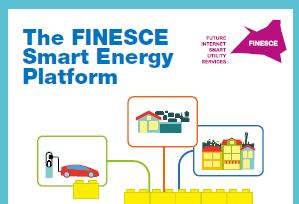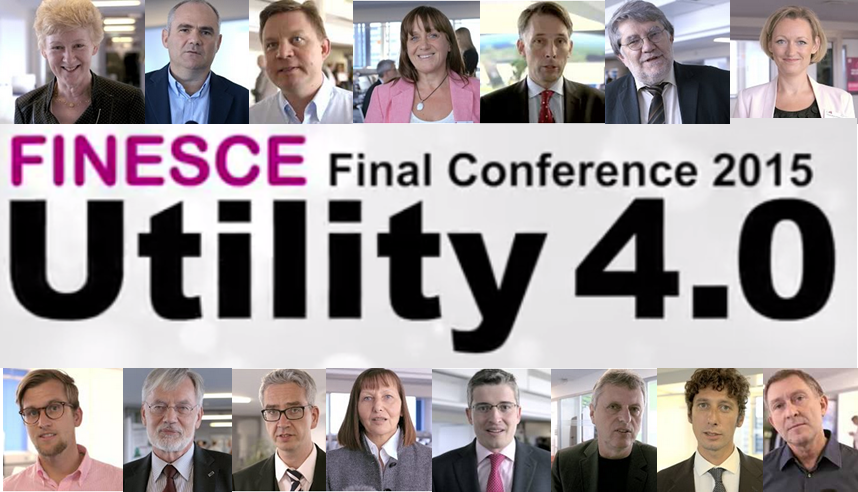Downloads
Brochure „The FINESCE Smart Energy Platform“
Deliverable 7.8 „Consolidated Trial Results“
Deliverable 7.10 „Consolidated Report Innovation and Business“
Latest news
25.06.2015 Review: Joint INCENSe / FINESCE workshop
17.06.2015 Special Session on Event-based Energy Metering and Control at EBCCSP 2015 in Krakow, Poland
27.04.2015 Review: FINESCE Open Day Trial Site Malmö
20.04.2015 Flexible Electrical Networks FEN - 3. Low-voltage workshop
27.03.2015 Review: FINESCE at the Net Futures 2015
Follow us on















